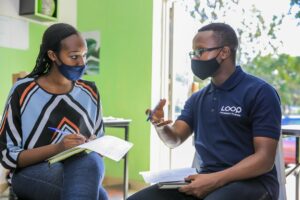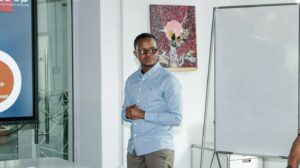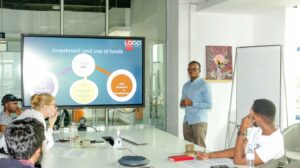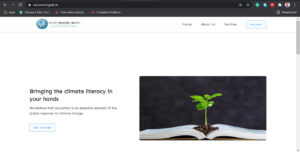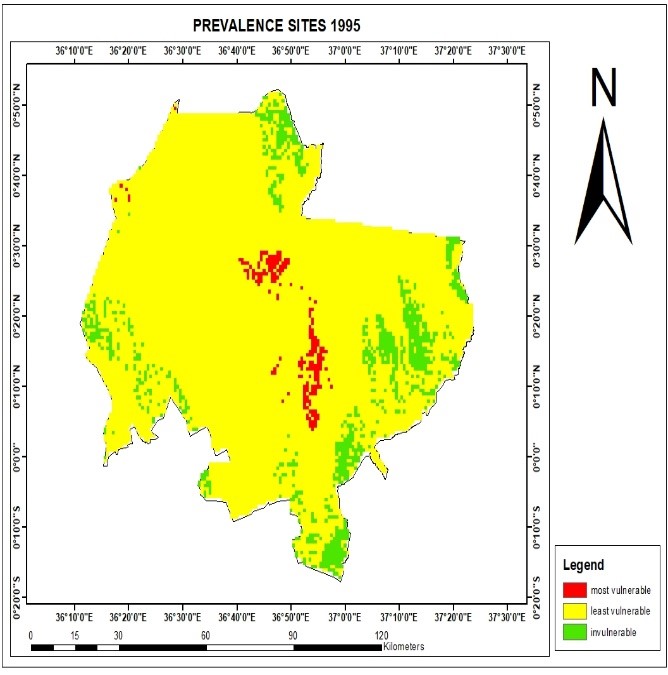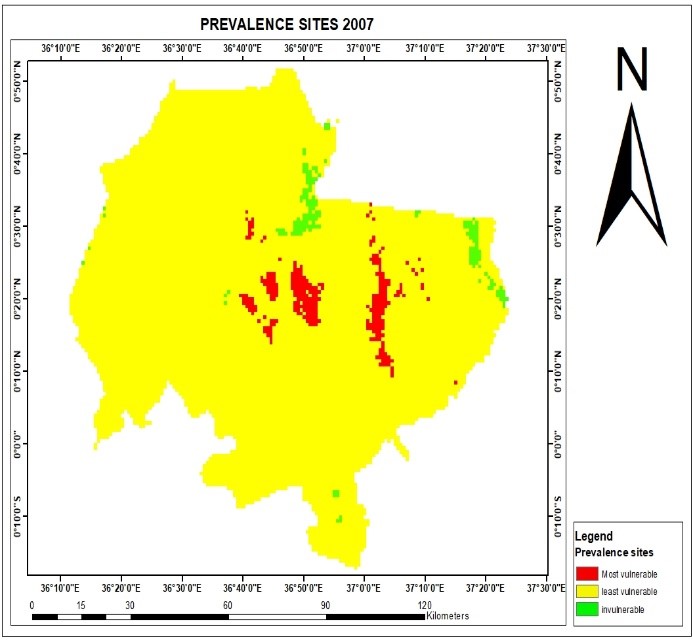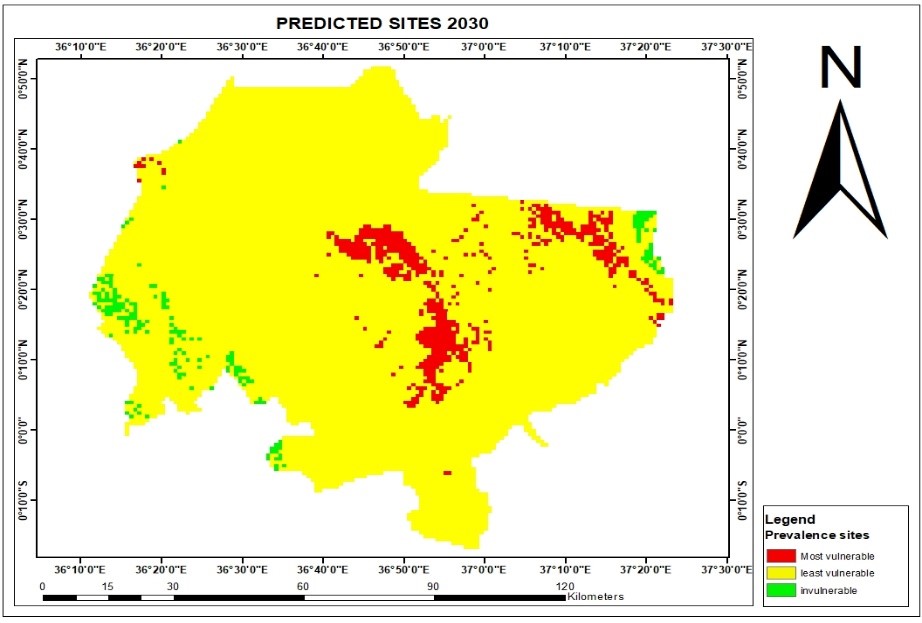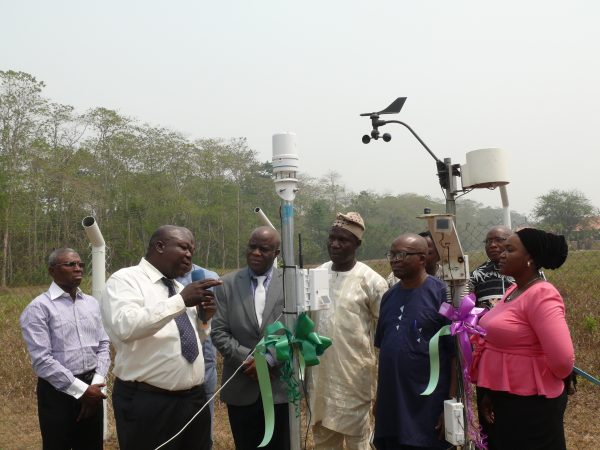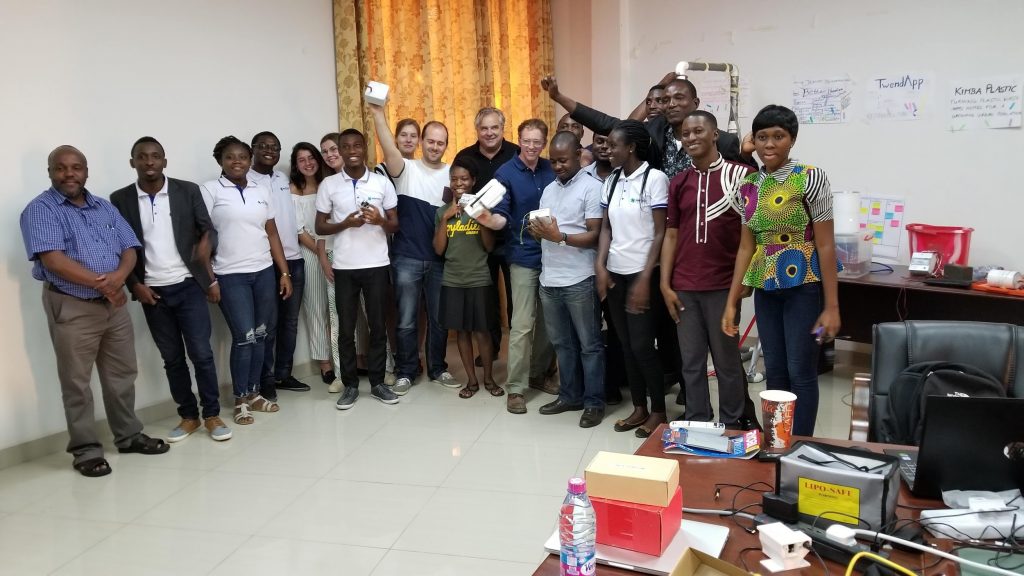Hi,
My name is Cyuzuzo Honore, a coordinator for TAHMO in Rwanda.
I had an idea of developing weather information service for student in Rwanda. The idea won me a grant.
It started at a challenging time in 2020: COVID-19 hit. In Rwanda, TAHMO activities (especially those that involved travelling) were disrupted. During the first months of COVID there was a lot of fear since only little information on the virus was available. But as days went by, these informations became available; we knew how to protect ourselves and eachother which reduced the fear we all felt at first. But still Rwanda – my country – was under travel restrictions.
Mid-August I got to know about LOOP ACCELERATOR – an incubation program for Education Startups. I have long had a vision to improve climate literacy in the younger generation. With motivation from TAHMO’s SCHOOL – 2 – SCHOOL program, I envisioned developing a climate information platform. My Idea was to was to develop a portal with this information, then add some climate change mitigation and adaptation skills on the online platform that will be accessible to Rwandan schools.
Severe Weather Consult, TAHMO’s sister company in Rwanda, has a platform called iHEWA, whose goal is to enhance accessibility of weather information services. Among the targets of the platform are the students – they interact, learn and experiment local weather data which enhances their knowledge on climate change mitigation and adaptation. We strongly believe education is an essential element of the global response to climate change.
I submitted my concept and it won a grant. I spent 3 months in Loop accelerator. It was great opportunity to share experience with other more than 10 startups in Education including some already in the market. It was also a milestone to let Rwanda ICT Chamber, GIZ, SMART Africa get to know what we are doing as TAHMO in closing the gap by providing accurate and efficient Meteorological data. In addition, Loop accelerator grant us 800 USD in total that helped us develop IHEWA Online platform (click to visit ihewa).
IHEWA will be as online library for climate literacy for young generation to start act on climate change action plan. Also, IHEWA will be like a tool for schools while they are teaching climate change mitigation and adaptation. A vast online platform that will be including climate science lesson plans, climate change mitigation and adaptation skills and climate change risk reduction tips.
